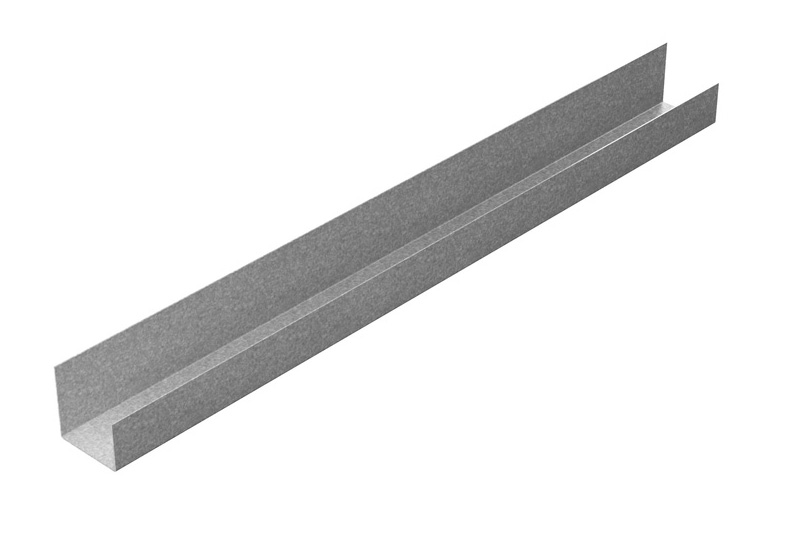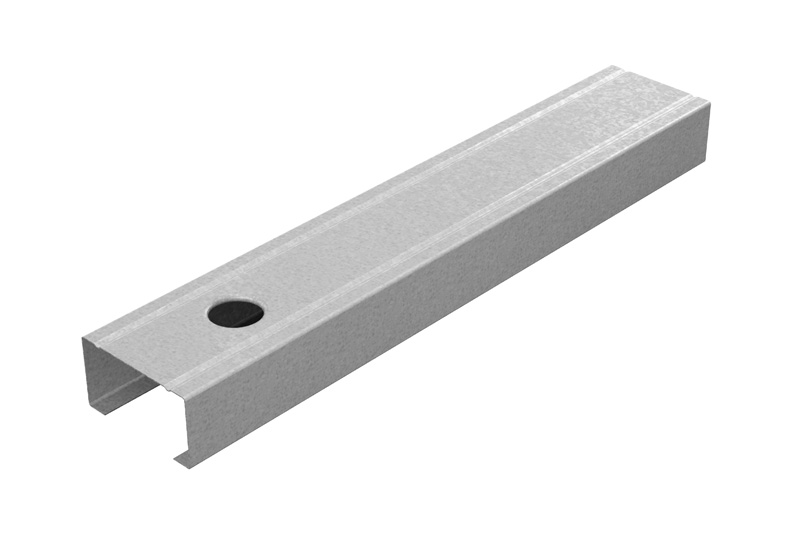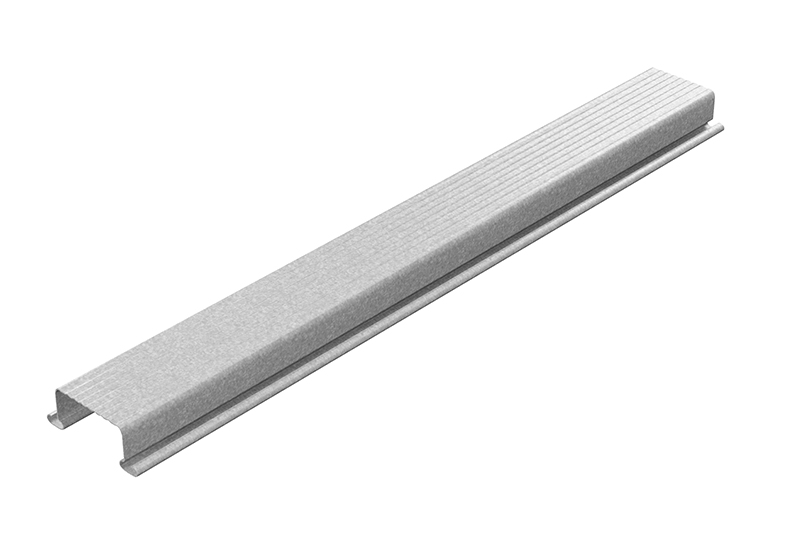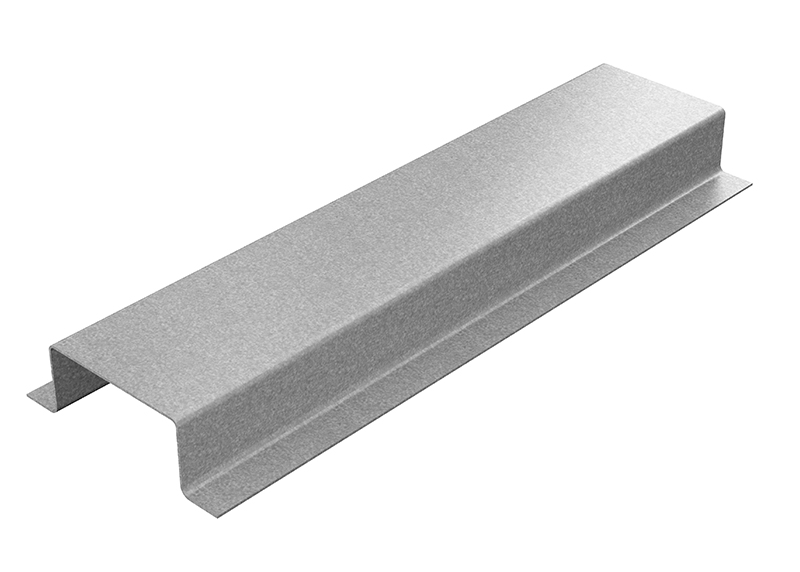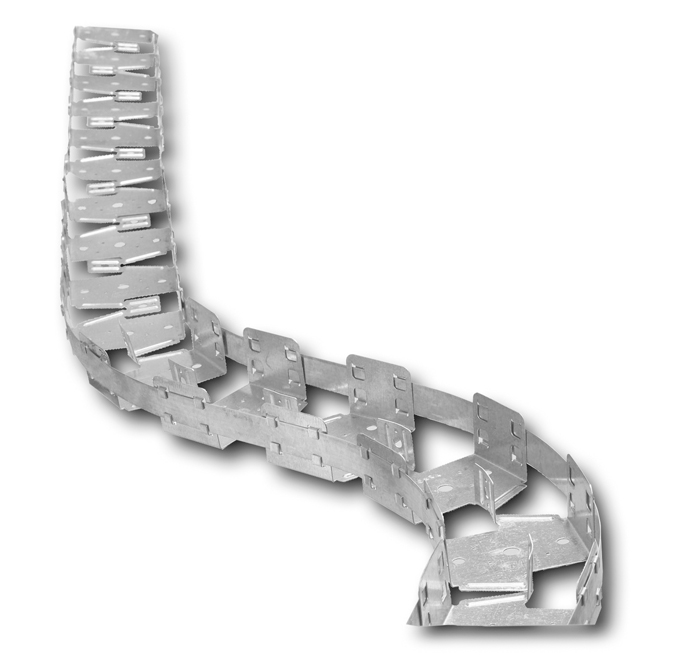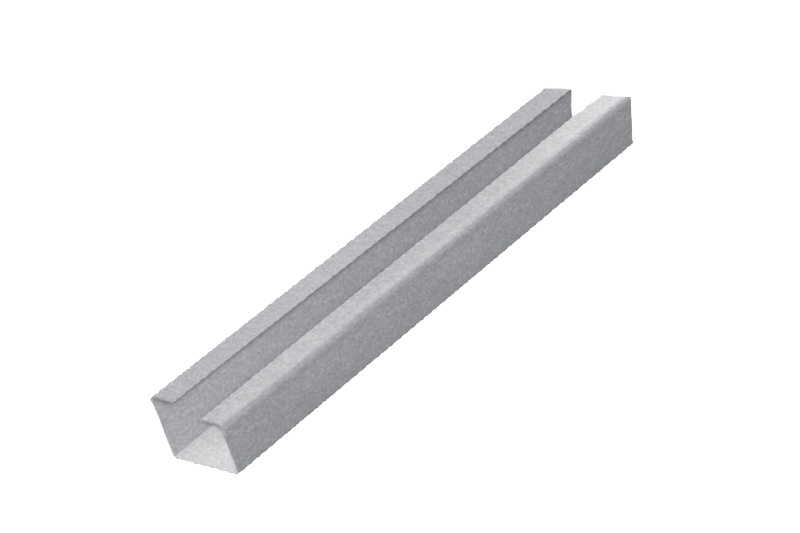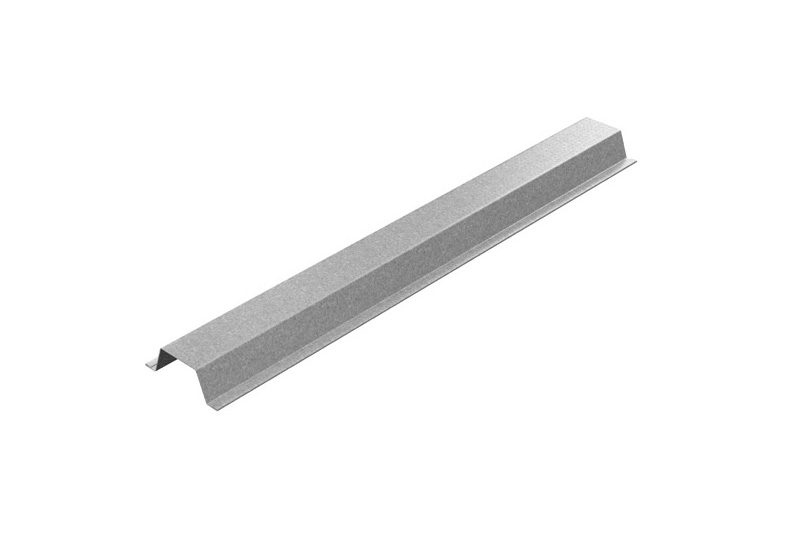
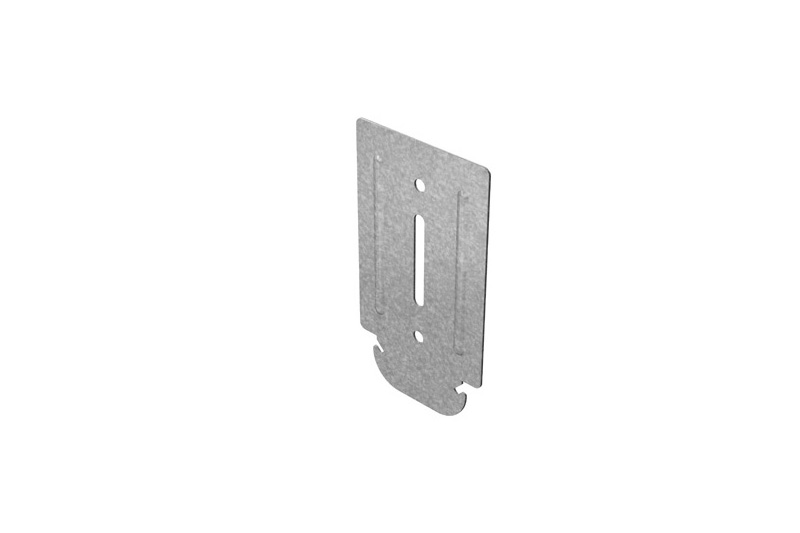
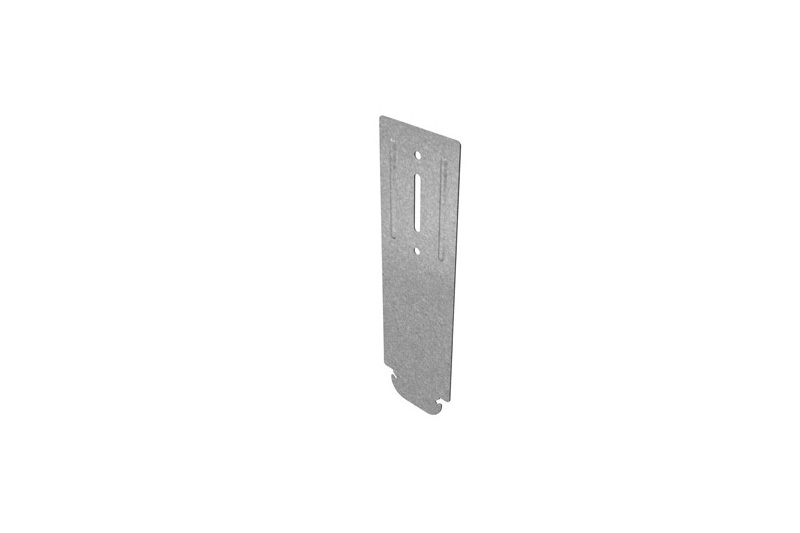
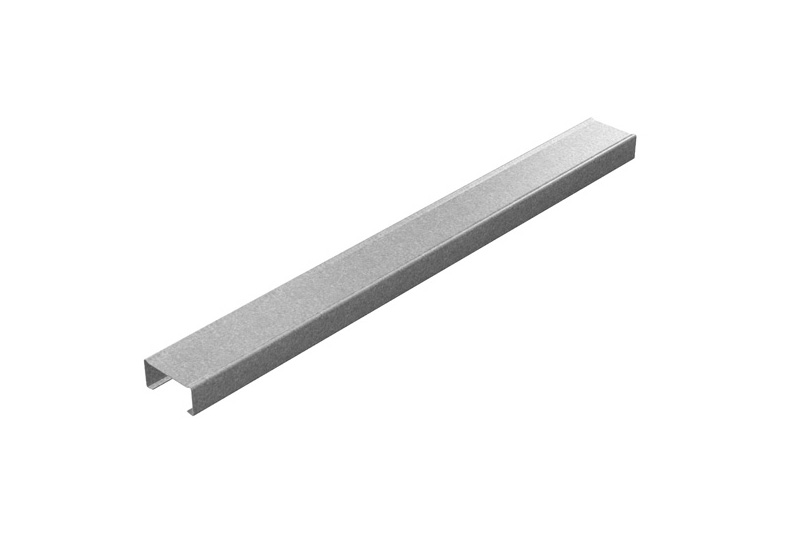
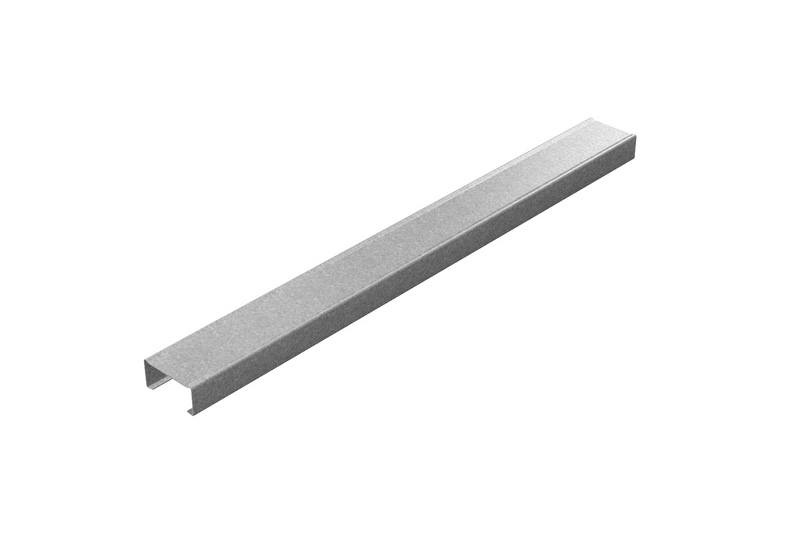
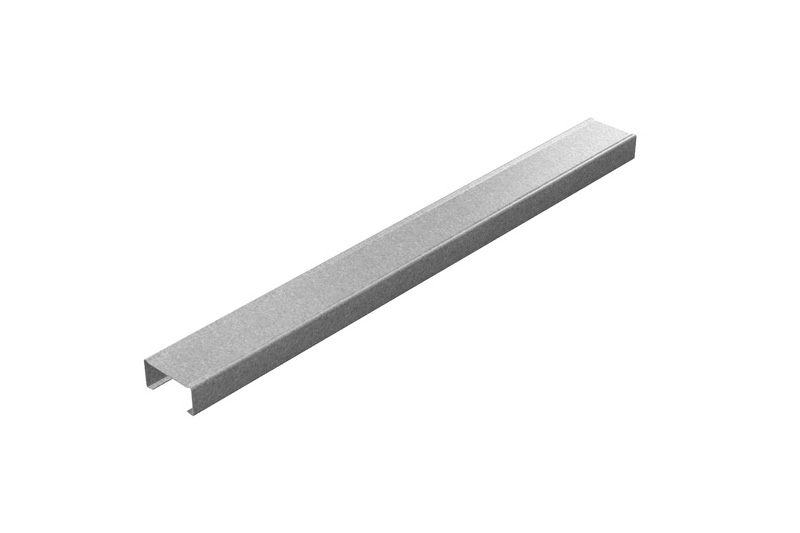
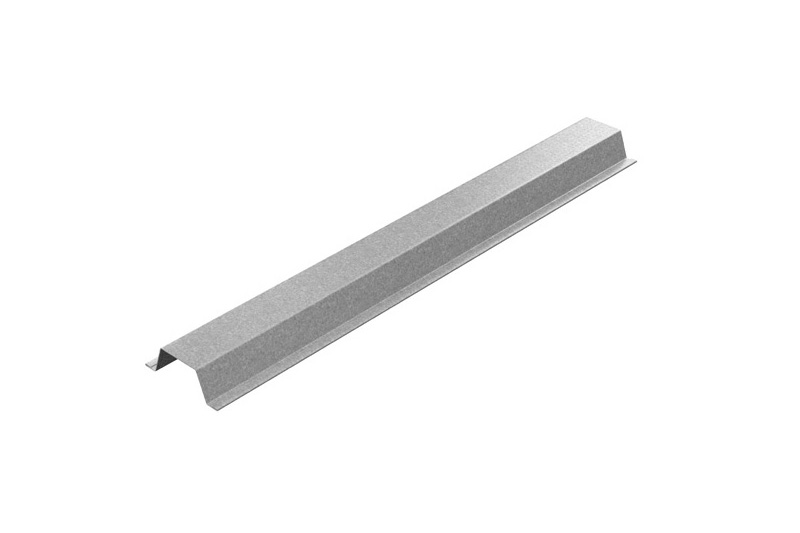









Siniat Direct Fix Ceiling Systems
Description
There are a variety of systems that can be fixed directly to a supporting structure, which can then be sheeted with many types and multiple layers of board.
Siniat 16mm Domestic Batten AFCDB16
This batten is typically used for domestic applications in the southern states, mainly New South Wales and Victoria. There are two direct fix clips which allow the ceiling to be levelled and lowered below the supporting trusses or joists. This helps isolate the ceiling from structural movement and/or thermal expansion of the supporting structure, and reduces the risk of cracks forming.Siniat 22mm Cyclonic Batten AFCCB22
This batten is typically used for domestic applications in the Northern parts of Australia and features a wider flange each side of the batten which allows for direct screw fixing to the underside of roof trusses and floor joists.Siniat 18mm Furring Channel AFC18
This furring channel can be used in domestic and light weight commercial ceilings. A range of associated clips provide many solutions for fixing this product to trusses, joists and concrete slabs.Siniat 28mm Furring Channel AFC28
his furring channel is the preferred product for commercial applications due to its superior spanning and load-bearing capacity. A range of associated clips provides many solutions for fixing this product to trusses, joists and concrete slabs. These furring channels are available in 2400, 2700, 3000, 3600, 4800 & 6000mm lengths. The required spacing of the furring channel or batten will depend on several factors. Maximum spacing is 600mm, however, closer centres such as 450mm or 300mm may be required, refer to Siniat Blueprint. All ceilings are subject to internal wind pressure fluctuations from open windows, airflow from the roof cavity, slamming doors etc. In order to ensure that you are using the correct product and that it is within its spanning, spacing and load-bearing capacity please refer to Siniat Blueprint For further information regarding Siniat Direct Fix Ceiling Systems, please contact our helpful Siniat Technical Services Engineering Team. Benefits- Large range of standard and made to order sizes
- Large range of clips to suit a wide variety of different wall and ceiling applications
- Part of complete system from Siniat including plasterboard and compounds
- Backed by our world-leading multidisciplinary Technical Services Engineering Team, part of our Siniat Knowhow range of support services and tools
What substrates can plasterboard be fixed to?
Plasterboard can be fixed to various substrates that form wall partitions, ceilings, bulkheads or ducting. Plasterboard is most commonly fixed to steel studs, timber studs or masonry for wall partitions. Plasterboard can be fixed to ceiling framing by either directly fixing to the joists or by first installing a metal furring channel and then fixing the plasterboard to the furring channel. Furring channel is also used to fix plasterboard linings for suspended ceilings or as an alternate method for fixing plasterboard to masonry on walls. All methods of the installation can be found in Siniat’s technical literature.
What methods of fixing should I use to install plasterboard?
The Australian Standard AS/NZS 2589:2007 allows three ways to fix plasterboard to steel or timber substrates. The options are screw fix only, nail fix only or a combination of either screw or nail with adhesive. The preferred method is to use screws or nails with adhesive. The nail fix only method is only suitable for a Level 3 Finish. Please refer to Siniat’s technical literature or AS/NZS 2589:2007 for correct installation details such as the spacing of fasteners and adhesive for each method and correct screw/nail type and size.
What are the maximum steel/timber framing centres for plasterboard?
| Plasterboard Type and Thickness | Walls (mm) | Ceilings (mm) | For ceiling areas of intermittent high humidity e.g bathrooms and external ceilings |
| MastaShield10mm | 600 | 450 | 300 |
| MastaShield13mm | 600 | 600 | 450 |
| SpanShield10mm | 600 | 600 | 450 |
| Opal10mm | 600 | 600 | 450 |
| SoundShield10mm and 13mm | 600 | 600 | 450 |
| WaterShield 10mm and 13mm | 600 | 600 | 450 |
| FireShield 13mm and 16mm | 600 | 600 | 450 |
| TruRock 13mm and 16mm | 600 | 600 | 450 |
| TruRock HD 13mm | 600 | 600 | 450 |
| Designpanel | 600 | 600 | – |
| CurveShield 6.5mm | 550 | 550 | – |
*For CurveShield refer to Siniat’s Technical Manual for more information on the maximum frame spacing and minimum curve radius. Note: For plasterboard fixed to masonry refer to Siniat’s Technical Manual.

BIM FILES
Siniat has a large library of CAD details for all types of systems.

